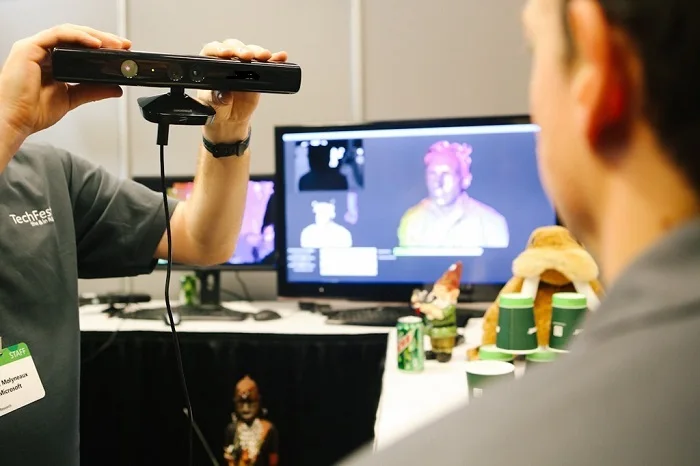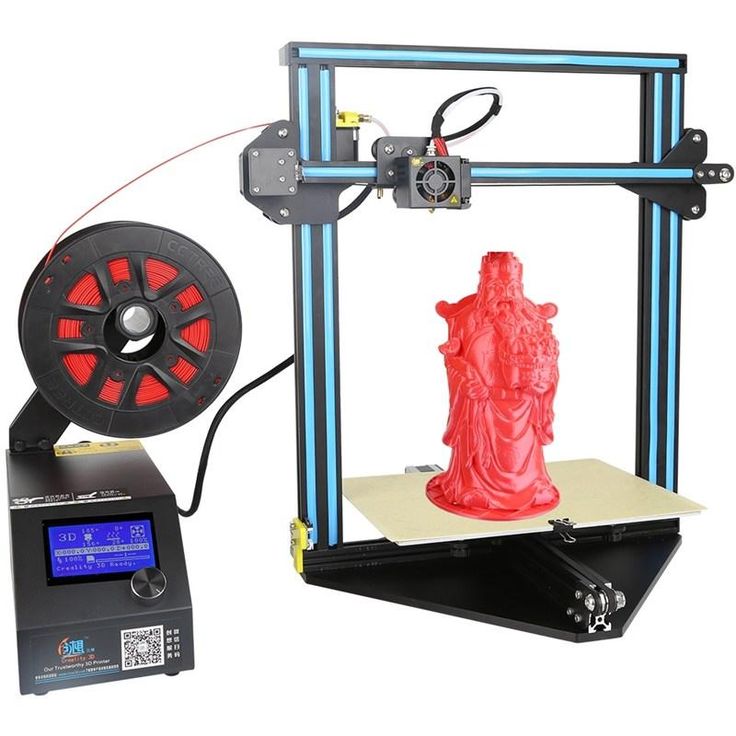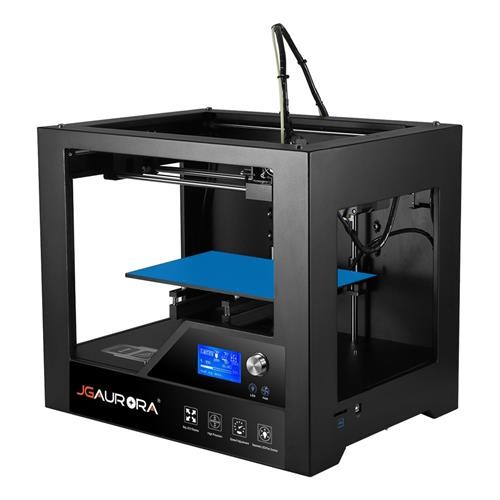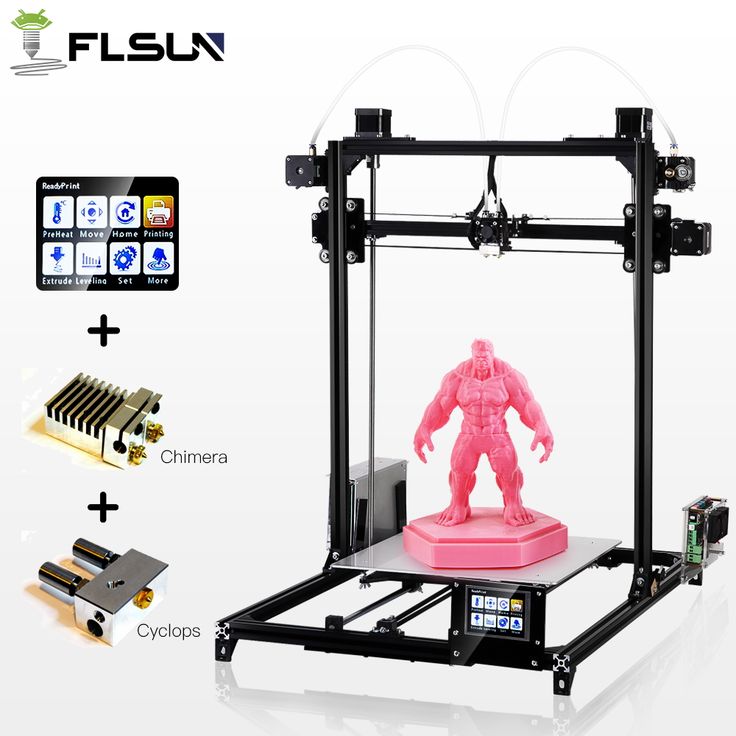3D dental scanners for sale
Dental 3D scanners for labs: Hardware selection and guide
3D scanners for dental labs
Dentistry is almost as old as mankind itself, but the practice is no stranger to new and exciting technologies.
Bit by bit, dentists are beginning to replace traditional methods with digital dentistry. This involves the use of digital capture, digital design, and digital production technologies to improve the speed, accuracy, and profitability of dental practice.
A key part of digital dentistry is the use of 3D scanners, which capture 3D shapes using a combination of cameras and light projection before transferring the result to a computer.
Not all dental 3D scanners work in the same way, though. Intraoral dental scanners scan directly inside a patient’s mouth and are used in a clinical setting, while desktop scanners capture dental models or impressions (negative imprints of a patient’s teeth and gums) and are usually used in a laboratory setting.
This article provides a simple dental scanners comparison, shortlisting a selection of market-leading desktop scanners. We also explain how dental scanning works and why it is so useful.
Top 11 dental 3D scanners for labs in 2022
| Brand | Product | Accuracy | Country | Price Approximate starting prices based on supplier-provided information and public data. Prices may vary by region, over time and do not include additional products or services (taxes, shipping, accessories, training, installation, …). | |
|---|---|---|---|---|---|
| Shining 3D This brand is a certified partner from our network. | AutoScan DS-MIX | – | China | $ 9,99910 111 €8,867 £1,446,695 ¥ | Quote |
| Medit | T500 | 0.07 mm0.002756 in | South Korea | $ 12,00012 135 €10,641 £1,736,208 ¥ | Quote |
| Dentsply Sirona | inEos X5 | – | United States | $ 15,00015 168 €13,301 £2,170,260 ¥ | Quote |
| EGSolutions | DScan 3 | – | Italy | $ 15,00015 000 €13,301 £2,170,260 ¥ | Quote |
| imes-icore | I3Dscan color HR | – | Germany | $ 15,00015 000 €13,301 £2,170,260 ¥ | Quote |
| CADstar | CS.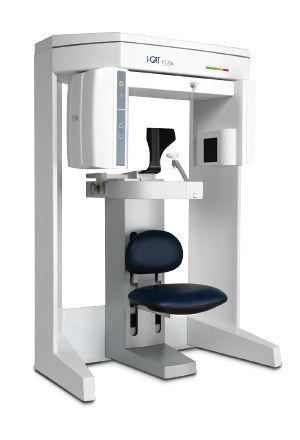 Neo Pro Neo Pro | – | Austria | $ 19,00019 000 €16,848 £2,748,996 ¥ | Quote |
| dental wings | 7Series | 0.015 mm0.000591 in | – | $ 20,00020 225 €17,735 £2,893,680 ¥ | Quote |
| Zfx | Zfx Evolution Plus | – | Germany | $ 20,00020 000 €17,735 £2,893,680 ¥ | Quote |
| AmannGirrbach | Ceramill Map 200+ | 0.06 mm0.002362 in | Austria | $ 22,00022 247 €19,509 £3,183,048 ¥ | Quote |
| 3Shape | E4 | 0.04 mm0.001575 in | Denmark | $ 26,00026 000 €23,056 £3,761,784 ¥ | Quote |
| Zirkonzahn | S600 ARTI | – | Italy | upon request | Quote |
Expand to see more specs
The products in the table are ranked by price (low to high).
| Brand | Product | Accuracy | Country | Price Approximate starting prices based on supplier-provided information and public data. | |
|---|---|---|---|---|---|
| Shining 3D This brand is a certified partner from our network. | AutoScan DS-MIX | – | China | $ 9,99910 111 €8,867 £1,446,695 ¥ | Get a quote |
| Medit | T500 | 0.07 mm0.002756 in | South Korea | $ 12,00012 135 €10,641 £1,736,208 ¥ | Get a quote |
| Dentsply Sirona | inEos X5 | – | United States | $ 15,00015 168 €13,301 £2,170,260 ¥ | Get a quote |
| EGSolutions | DScan 3 | – | Italy | $ 15,00015 000 €13,301 £2,170,260 ¥ | Get a quote |
| imes-icore | I3Dscan color HR | – | Germany | $ 15,00015 000 €13,301 £2,170,260 ¥ | Get a quote |
| CADstar | CS.Neo Pro | – | Austria | $ 19,00019 000 €16,848 £2,748,996 ¥ | Get a quote |
| dental wings | 7Series | 0. 015 mm0.000591 in 015 mm0.000591 in | – | $ 20,00020 225 €17,735 £2,893,680 ¥ | Get a quote |
| Zfx | Zfx Evolution Plus | – | Germany | $ 20,00020 000 €17,735 £2,893,680 ¥ | Get a quote |
| AmannGirrbach | Ceramill Map 200+ | 0.06 mm0.002362 in | Austria | $ 22,00022 247 €19,509 £3,183,048 ¥ | Get a quote |
| 3Shape | E4 | 0.04 mm0.001575 in | Denmark | $ 26,00026 000 €23,056 £3,761,784 ¥ | Get a quote |
| Zirkonzahn | S600 ARTI | – | Italy | upon request | Get a quote |
Overview of the best dental lab 3D scanners
Scanning a full arch in nine seconds, the 3Shape E4 is the fastest scanner on our shortlist and, with an accuracy of 4 microns, also one of the most accurate.
It uses a blue light projector and can be used in the 3D dental scanning of impressions, models, dies, and more.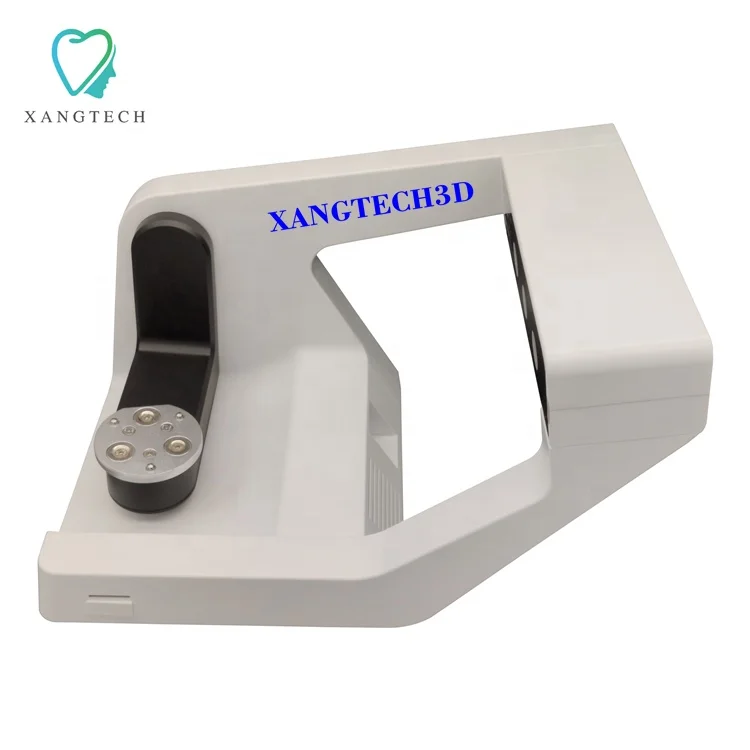
Danish company 3Shape has given the E4 an open design and, unusually, a total of four 5-megapixel cameras.
Contact manufacturer Get a quote Add to comparison
The Ceramill Map 200+ from Austrian company AmannGirrbach is an automatic 2-axis white light scanner that offers convenience and accuracy.
It has a compact footprint and high-resolution sensors, while its open interface allows scans to be sent to third-party CAD software.
Billed as an entry-level machine for 3D dental scanning, the Ceramill Map 200+ lacks some of the features of the Map 600, such as automatic model positioning and blue light technology.
Contact manufacturer Get a quote Add to comparison
CADstar’s CS.Neo Pro is a 2-axis white light scanner with 5-micron accuracy and a pair of 2-megapixel cameras.
Features include deep cavity scanning, automatic rescanning, “click-less” workflow, and CAD integration.
CADstar, based in Austria, also markets an entry-level version of the machine, the CS.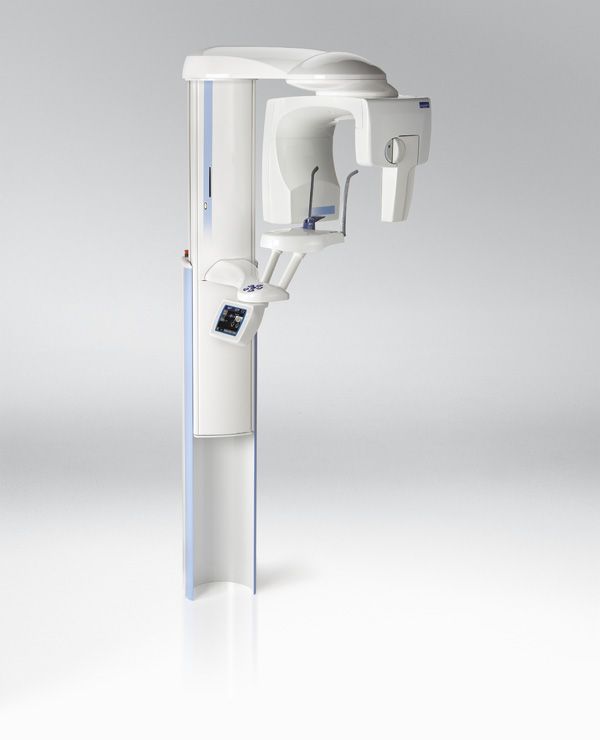 Neo, with the same accuracy and resolution as the Pro version.
Neo, with the same accuracy and resolution as the Pro version.
Contact manufacturer Get a quote Add to comparison
Canadian company dental wings, part of the Straumann Group, is a specialist in digital dental technologies.
The dental wings 7Series, a desktop laser scanner for dental models and impressions, offers three rotational and two linear axes for comprehensive scan coverage, even in deep cavities.
Unlike most desktop scanners, it uses a single laser line instead of structured light, and therefore has an enclosed design.
Contact manufacturer Get a quote Add to comparison
The Dentsply Sirona inEos X5 is a blue light scanner for dental applications with a 5-axis robotic arm. At 2.1 microns, it is the most accurate scanner on our shortlist.
Suitable processes include impression scanning, triple tray scanning, texture scanning, and multi-die scanning. The scanner also adapts to different models of articulator and positioning of impressions.
Dentsply Sirona, based in Pennsylvania, also markets dental software and production systems.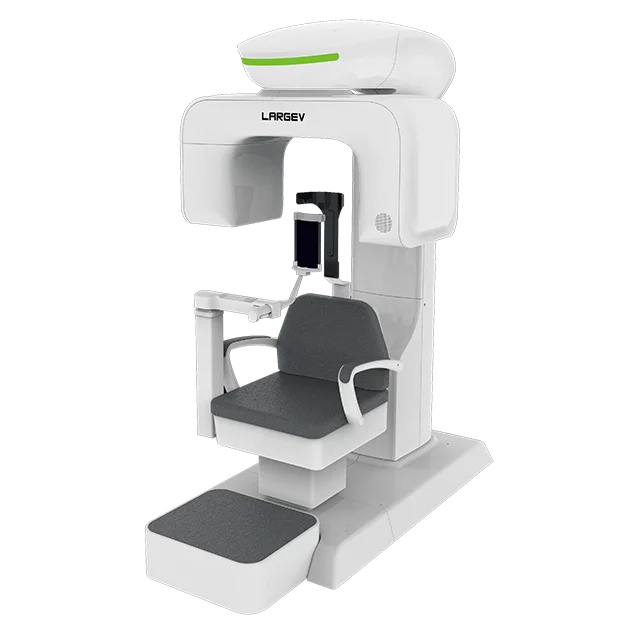
Contact manufacturer Get a quote Add to comparison
The 2-axis DScan 3 is a compact dental scanner from Italian company EGSolutions. Using blue light technology, the scanner offers 15-micron accuracy and 1.3-megapixel camera resolution.
The DScan 3 is a standalone unit with built-in computer, requiring no other hardware to operate.
It is an entry-level scanner with fewer features than the company’s more versatile and accurate dental scanning solution, the DScan 4.
Contact manufacturer Get a quote Add to comparison
The I3Dscan Color line of scanners, from German company imes-icore, are built for flexible color dental scanning and offer a fully automated Z-axis in addition to open/closed scanning.
The HR version of the dental desktop scanner provides 2.8-megapixel camera resolution and 4-micron accuracy, compared to the 6-micron accuracy of the non-HR model. Both use blue light technology.
Included adapters enable the scanning of impressions, dies, and other objects.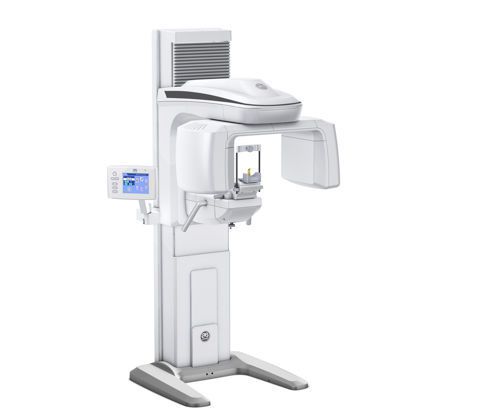
Contact manufacturer Get a quote Add to comparison
South Korean company Medit developed the T500 to be one of the fastest blue light dental scanners on the market.
The scanner has a 3-axis arm and can automatically capture both sides of a dental impression for one-step scanning.
Medit launched the current generation of the T-Series line of scanners, which also includes the 2-axis T300, in September 2020.
Contact manufacturer Get a quote Add to comparison
Shining 3D’s AutoScan DS-MIX is a high-resolution blue light scanner that is particularly suited to high-end implant and veneer applications.
The Chinese company has fitted the scanner with two 5-megapixel cameras, giving it higher-than-ordinary resolution.
The AutoScan DS-MIX is also highly versatile and able to scan impressions, various branded articulators, and other items.
Contact manufacturer Get a quote Add to comparison
German company Zfx developed the Evolution Plus to reduce machine footprint without compromising the quality of dental scanning.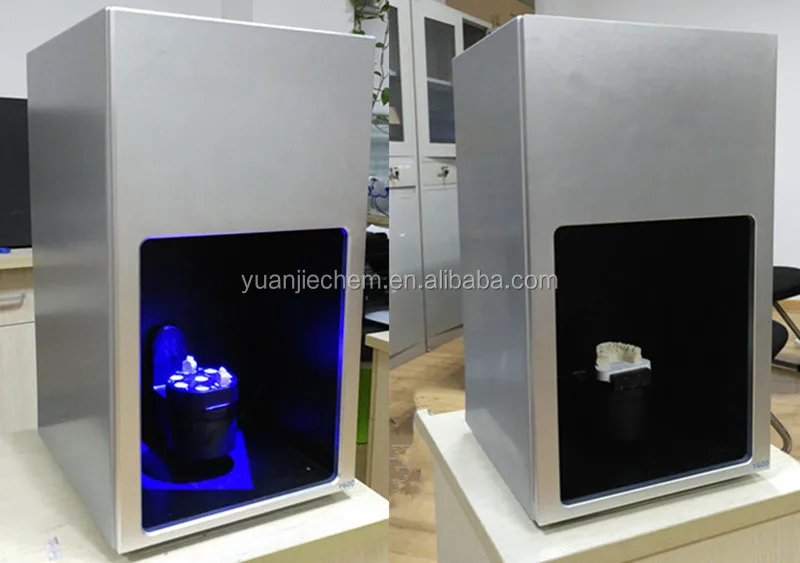 The scanner, which uses green LED stripe light projection, has an open design.
The scanner, which uses green LED stripe light projection, has an open design.
Accurate, 9-micron scanning is complemented by features like a straight-to-3D-printer workflow and automatic texture mapping, while the machine can scan up to 12 items at once.
The open design can house articulators from the majority of leading brands.
Contact manufacturer Get a quote Add to comparison
The Zirkonzahn S600 ARTI is a structured light scanner with two cameras (plus optional third) and an accuracy of 10 microns.
Suitable for dies, arch segments, full arch models, and more, the S600 ARTI provides features like two-sided scanning, color scanning, and group matching.
Zirkonzahn, based in Italy, also markets production systems, materials, and accessories for the dental industry.
Contact manufacturer Get a quote Add to comparison
Dental 3D scanner price
The price of dental 3D scanners depends on factors like build quality, number of mechanical axes, light source, and bundled accessories and software.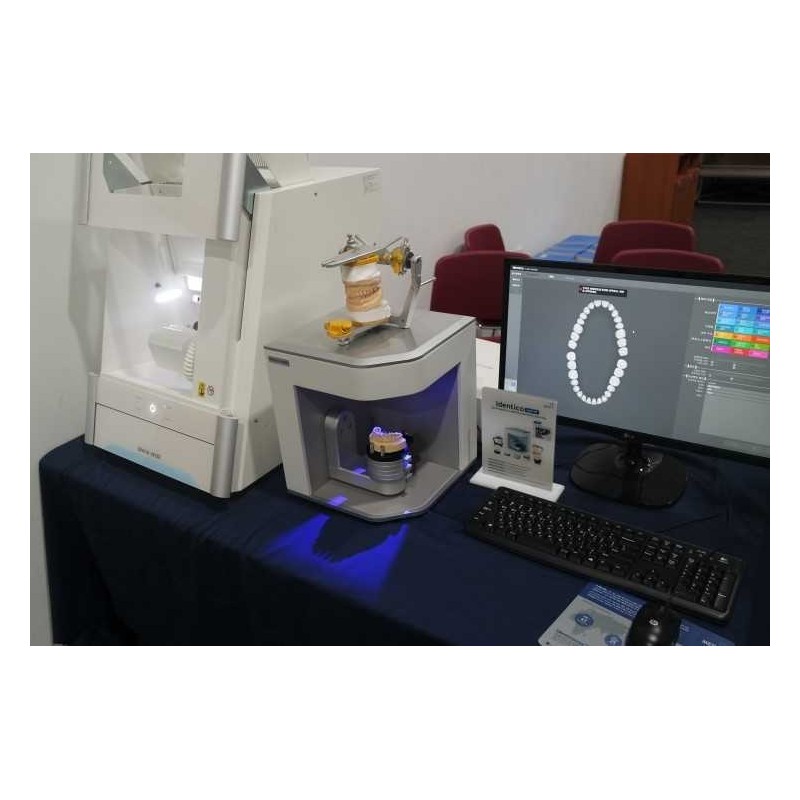
Prices start at around $10,000 and can go up to over $20,000.
Types of 3D dental scanners
Desktop dental 3D scanners
Desktop dental scanners or dental lab scanners are stationary machines used to scan synthetic items such as dental impressions and models.
Most of these desktop or “benchtop” scanners use structured light technology, in which a series of patterns is projected onto the surface of the dental model and then photographed by one or more cameras to determine the shape of the part.
Some scanners use a laser line instead of structured light, but the principle is similar: the laser line appears bent on surface contours, and sensors detect the lines to determine the shape of the part.
Most desktop dental 3D scanners are capable of scanning dental models such as full arches and dies, and the newest generation of scanners can also capture negative dental impressions.
Since desktop dental scanning does not require any direct contact with a patient, these machines are usually found in dental laboratories (alongside dental production equipment like milling machines) rather than in dental clinics. They are regularly used in the production of dental prostheses.
They are regularly used in the production of dental prostheses.
Intraoral 3D scanners
Intraoral 3D scanners are small portable handheld scanners used to examine the inside of a patient’s mouth during a clinical checkup or prior to a procedure.
Like desktop scanners, intraoral dental scanners use structured light or laser technology, but without the ability to rotate and manipulate the scanned object (here, the patient’s teeth and gums).
Intraoral scanners are used in dental clinics and are sometimes described as a “chairside” solution. Scans captured with an intraoral scanner can be processed almost instantaneously and can be used for several purposes, including prosthodontics and disease prevention.
Direct scanning of teeth and gums with an intraoral scanner. Source: Dentsply SironaWhich is better?
The simple answer is that intraoral scanners produce very fast results, while dental lab scanners may be more accurate.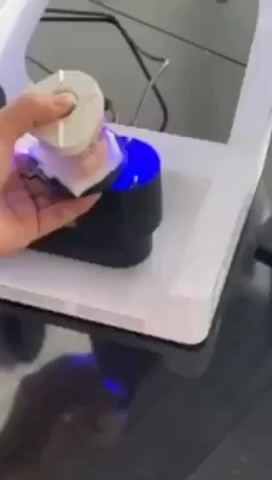 However, desktop and intraoral scanners are used for different purposes.
However, desktop and intraoral scanners are used for different purposes.
To understand how, we need to look at how dental restorations have traditionally been made:
- An impression is taken from the patient.
- The impression is filled with another material to create a positive cast.
- The cast is used to make a second, more durable impression.
- This impression is filled with metal, plastic, or ceramic material to make the prosthesis.
An intraoral dental scanner is a digital alternative to traditional impression taking (step 1), in which a patient’s teeth and gums are submerged in a liquid or soft material to create a negative imprint. By using an intraoral scanner instead, dentists can gather information more quickly and without waiting for materials to dry.
Desktop dental scanners are more like an alternative to casting (Steps 2 and 3). They allow a dentist to turn a traditional impression — sometimes more accurate than an intraoral scan — into a digital model, which can then be used to fabricate a prosthesis, orthodontic device, or physical model.
The digital dentistry CAD/CAM workflow
How it works
The digital dentistry workflow varies depending on the desired outcome. Dentists may want to create dentures, a custom night guard, or simply store their patient’s data on file.
Here is a typical digital workflow for the production of a dental prosthesis such as a crown:
- The dentist takes an impression of a patient’s teeth and gums using an impression tray filled with a liquid or soft material. The impression solidifies.
- The impression is sent to a laboratory.
- a) The impression is scanned using a desktop dental scanner, or
b) The impression is cast to create a positive model. The model is then scanned using a desktop dental scanner. - The technician uses CAD to design a dental prosthesis or other object, using the scan data as a foundation.
- The digital design is sent to a 3D printer, CNC mill, or grinding machine to make a prosthesis or other object.
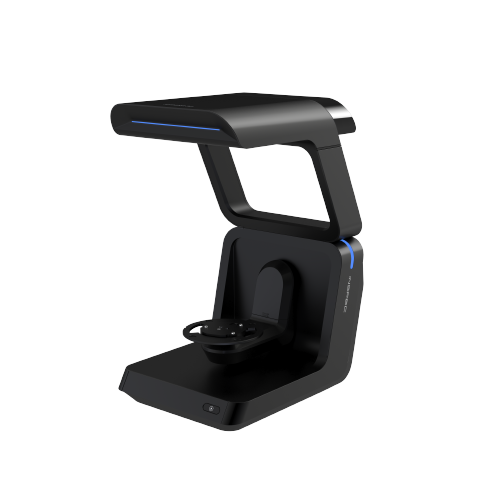
- The technician sends the prosthesis to the dentist for fitting.
What can be scanned (objects)
Desktop 3D dental scanners can be used to scan different objects, including but not limited to:
- Impressions: Modern 3D scanners can capture negative dental impressions, in spite of the hard-to-reach cavities that represent the inverted teeth.
- Full arch models: Dental models are positive casts made from impressions. Virtually all desktop scanners can capture models of the upper or lower jaw, and some can scan both at once.
- Dies: A die is a positive duplicate of a prepared tooth with a base or “stump”. It is designed to be freely removed and reattached to the full arch.
- Articulators: Articulators are mechanical frames that replicate the motion of the human jaw, and are used to ensure proper occlusion (bite).
 Several desktop scanners can capture an entire articulator loaded with models of the upper and lower jaws.
Several desktop scanners can capture an entire articulator loaded with models of the upper and lower jaws. - Implants and abutments: Implants are small fixtures that attach to the jawbone or skull in order to support a dental prosthesis like a crown or denture. Abutments are fitted between the implant and crown/denture.
What scans are used for (applications)
Dentists capture 3D scans for different reasons, from prosthesis production to digital archiving:
- Production of prostheses: Using 3D scans of a patient’s mouth, technicians can design dental prostheses like dentures (full sets of replacement teeth), bridges (false teeth implanted between existing teeth or prostheses), and crowns (partial tooth replacements). These can then be fabricated using digital production technologies like CNC milling or grinding.
- Production of aligners: Dental laboratories can use dental 3D scans to create patient-specific corrective devices like dental aligners.
 Some of the leading producers of clear aligners use 3D printing as a manufacturing method.
Some of the leading producers of clear aligners use 3D printing as a manufacturing method. - Production of mouth guards: Many traditional mouth guards require the wearer to heat up the rubber guard before biting into it to create a close fit. 3D scanning and 3D printing creates an equally accurate fit while allowing for a wider variety of production materials.
- Surgical planning: Obtaining a comprehensive 3D scan of a patient’s mouth gives surgeons a chance to familiarize themselves with a procedure before surgery. This may involve virtual preparation or the fabrication of physical models.
- Tracking patient progress: 3D scans allow dentists to monitor changes in a patient’s oral health and tooth movement over time.
- Digital archiving of patient data: 3D scans can be saved indefinitely and require no physical space, allowing dentists and technicians to keep patient data on file for future use.
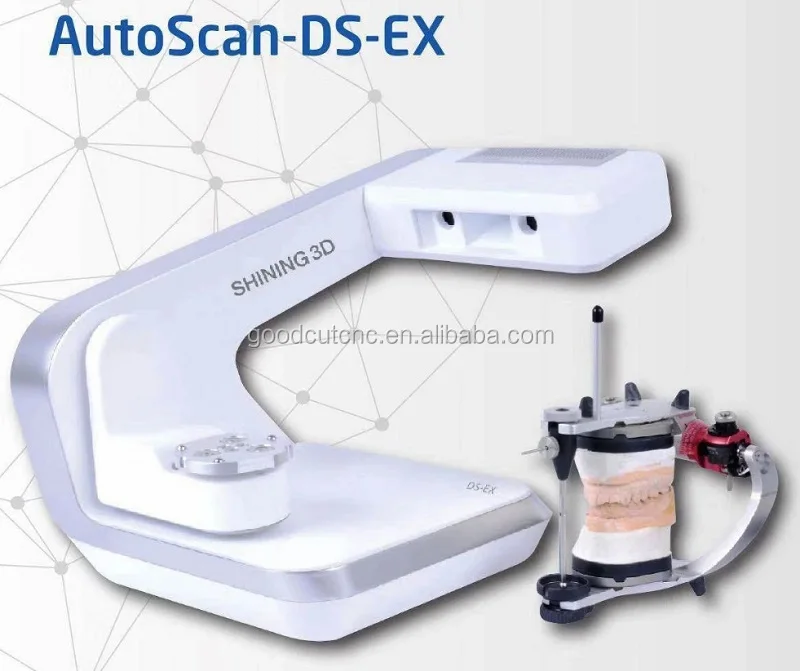
Benefits of 3D scanning for dental labs
3D scanning can benefit dental labs in many ways.
One of the most important benefits is speed. 3D scans take less than a minute — sometimes much less — and can be transferred without relying on physical mail services. For instance, Medit has calculated that the busiest labs could save up to 450 hours per year.
Another advantage is potential cost savings. Although a 3D dental scanner may seem expensive, they offer excellent ROI, especially for busier labs, since they reduce manual workload and enable a greater number of cases to be processed.
Lab 3D scanners also provide a high degree of accuracy. Traditional techniques can involve multiple stages of casting, and materials are liable to shrink, expand, or deform with each new duplication. Once a scan has been obtained, its measurements are stable.
See all dental-related content on Aniwaa
What to look for in a dental lab 3D scanner?
| Feature | Range | Description |
|---|---|---|
| Technology | Structured light (blue, white) or laser | Most desktop dental 3D scanners use structured light technology, with blue light now generally favored over white light.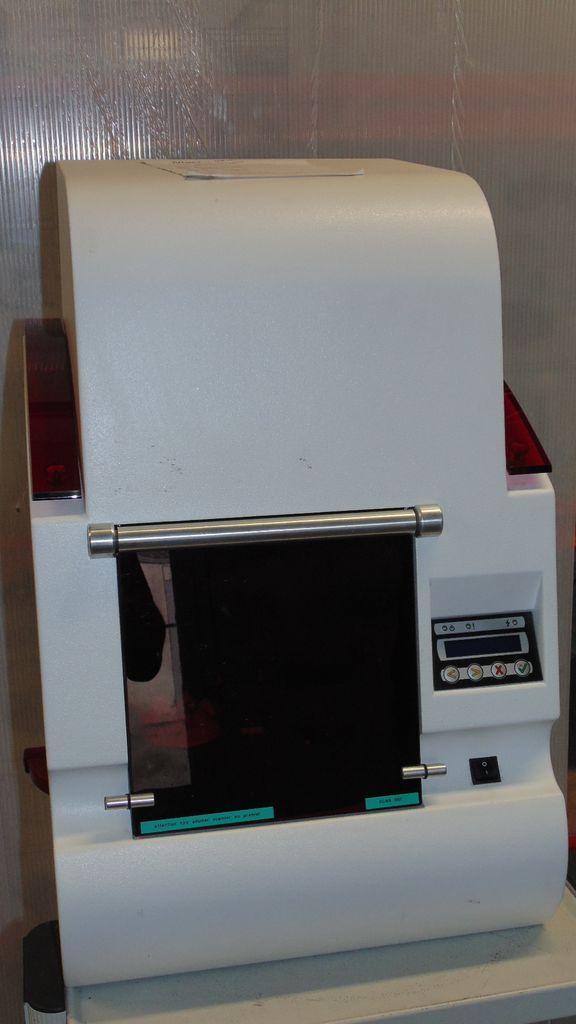 Laser line technology works in a similar way but may be slower. Laser line technology works in a similar way but may be slower. |
| Degrees of freedom | ~2–5 | A scanner’s listed number of axes or DoF usually indicates mechanical axes of the arm but may also include projector/camera movement. The number of mechanical axes is the more significant feature. |
| Accuracy | ~4–15 μm (microns) | Dental 3D scanner accuracy is measured in microns or micrometers. Machines with ISO 12836 certification have used standardized testing to establish their level of accuracy. |
| Resolution | Up to ~5 MP (megapixels) | Camera resolution, measured in megapixels, may affect the clarity of 3D scans but is less important than accuracy. |
| Color / texture | Yes or no | Some dental scanners offer texture scanning and/or color scanning, which may be useful for tooth shade matching or capturing handwritten notes on models. |
| Speed | 9 seconds to >1 minute for full arch scan | Most 3D scanners list their speed as the time it takes to scan a full arch model. However, this may not be a reliable indicator of productivity, since software processing times may be longer than scanning times. |
| Scan volume | Up to ~140 x 140 x 140 mm | Since most dental 3D scanners are designed to process similar items, scan volume does not vary greatly. Scanners that can hold large items like dental articulators usually specify this capability. |
| Machine design | Open or closed | Scanners may or may not be enclosed with a door. Open designs may give more flexibility, while closed designs are essential for laser scanning, where darkness is required. |
| Multi-item scanning | Number of dies, “all-in-one” | Dental 3D scanning often involves scanning several items at once, such as a pair of arches or set of dies.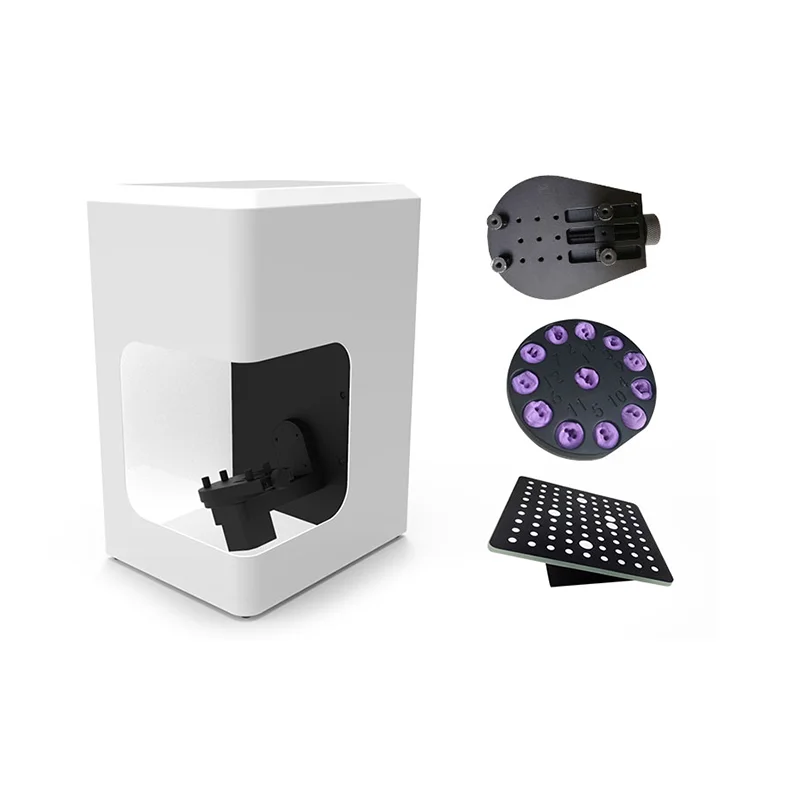 |
| Articulator scanning | Static or dynamic | Desktop scanners that offer articulator scanning may provide dynamic scanning, which enables the scanner to capture natural bite movement. Some manufacturers provide jigs to fit specific articulator brands and models. |
| Software | Open or proprietary | Some scanners only work with bundled proprietary software while others work with third-party software like exocad. Labs already familiar with a third-party suite may prefer the latter. |
| Output format | STL, PLY, OBJ, proprietary | Most scanners and software packages allow users to export files in standard formats for 3D printing, milling, etc. |
| Company age | – | A company’s age, size, and reputation is not necessarily a guarantee of quality, but it may be a good indicator of long-term customer support and warranty fulfillment.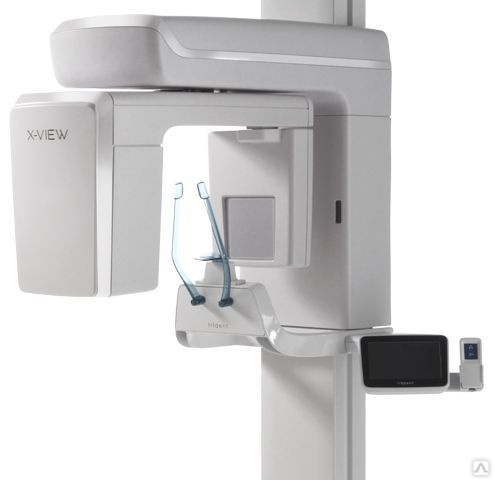 |
Dental scan software
Dental imaging software is usually included with the 3D scanner and allows technicians to control scan operation. Popular dental scanning software suites include exocad exoscan, Medit Collab, and Zirkonzhan.Scan.
CAD design of a bite splint in exocad software. Source: exocadFunctions of scanning software include workflow management, parameter selection, and automatic or manual target identification. Many applications provide preset scanning strategies for different targets like impressions and dies.
Scanning software creates a point cloud and turns it into a mesh that can be read by CAD/CAM software.
Although the two are often integrated, scanning software should not be confused with dental CAD software, which is used to design dental restorations like crowns, bridges, and veneers, as well as retainers and other items. CAD software like exocad DentalCAD, Ceramill Mind, and Zfx DentalCAD do not control the operation of the scanner hardware.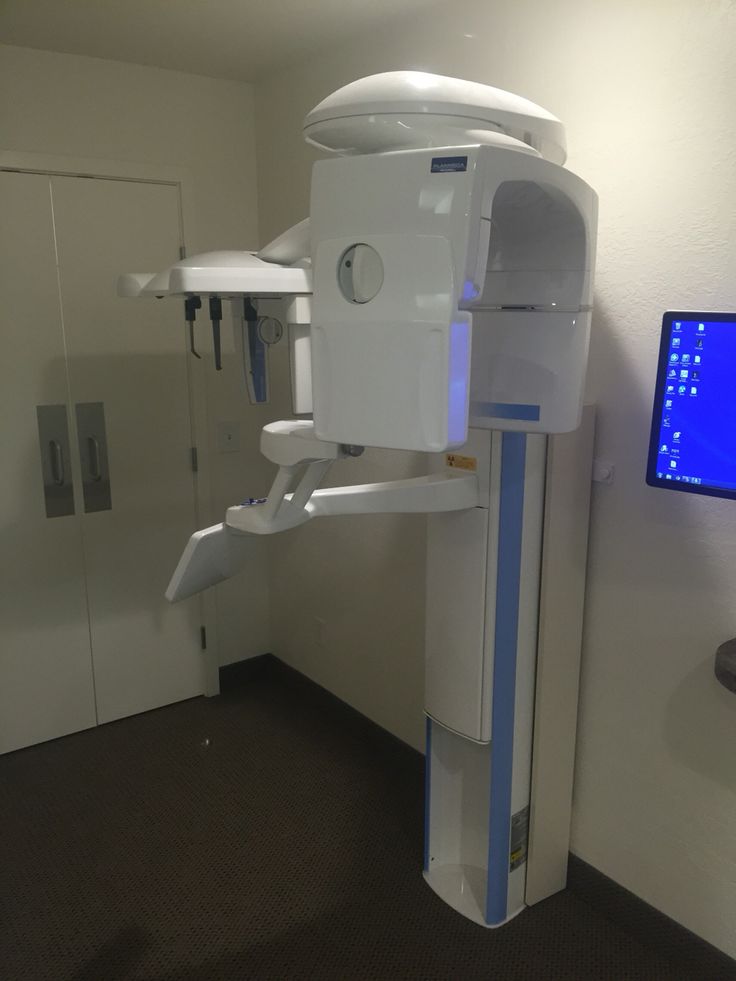
Some software suites contain both scanning and CAD applications, such as dental wings DWOS, 3Shape Dental System, and Dentsply Sirona inLab.
CAM modules (often integrated as modules into CAD software) export data into a file that can be read by the milling machine or dental 3D printer.
FAQ
How do dental scanners work?
Most dental 3D scanners use structured light scanning technology, projecting lines of light onto the scanned object and measuring the deformation of those lines.
How does dental 3D scanning relate to 3D printing?
Dental 3D scanners capture point clouds, which are turned into digital 3D files called meshes. After adjustment with CAD software, these meshes can be 3D printed, to create models or clear dental aligners, for example.
Do dental 3D scanners scan real teeth?
Laboratory dental scanners are built to scan dental impressions (negative imprints of teeth and gums) and dental models. However, intraoral dental scanners can scan directly inside a patient’s mouth.
However, intraoral dental scanners can scan directly inside a patient’s mouth.
Does dental scanning justify the cost?
In many situations, dental 3D scanning can greatly improve lab productivity and provide a good return on investment.
10 Best Dental Scanner in 2022
A dental scanner machine is a computerized device that uses x-rays to create an image of dental patients. Dental scanning machine helps to check cavities, cracks, and other abnormalities in teeth. The scanner uses a light and an image to create a 3-D picture of the tooth. This can help identify any problems and can often be repaired before they become bigger problems. Dental tooth scanner are available in different sizes and price ranges. Some smaller dental scanners can be used to check a single tooth, while larger dental scanners can be used to scan multiple teeth at once.
Dental 3D Scanner
3D Dental Scan Machine is becoming more common as a way to accurate plan dental treatments.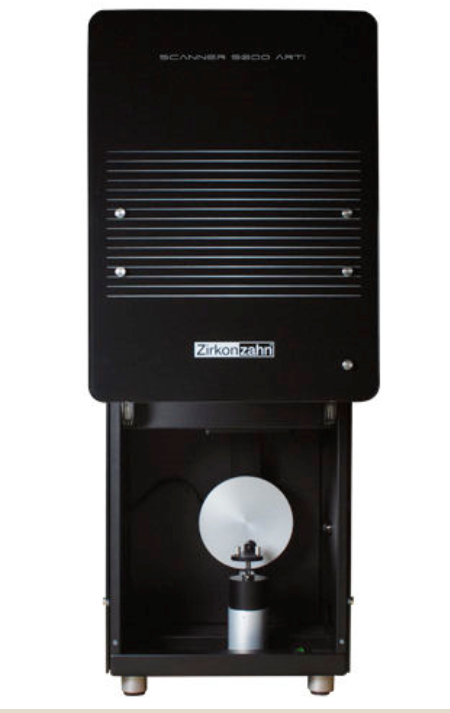 By using 3D scanning, dentists can create a three-dimensional image of the patient’s teeth that can be used for planning and creating dental treatments. 3D oral scanner technology also helps dentists to diagnose any problems with the teeth and to develop better treatment plans.
By using 3D scanning, dentists can create a three-dimensional image of the patient’s teeth that can be used for planning and creating dental treatments. 3D oral scanner technology also helps dentists to diagnose any problems with the teeth and to develop better treatment plans.
Buy Dental Scanner at wholesale price online only on Hospitals Store
We offer the lowest Dental Scanner Price for doctors, hospitals, clinics, nursing homes, and more. At our online hospital equipments store "Hospitals Store" we offer top pick Dental Digital Scanners. Oral Scanner at the Hospitals Store are the lowest prices compared to other sellers. There are many options in teeth scanning machine according to features at wholesale price that can be purchased online marketplace. Shop with us to find the best dental scanner in India.
You can buy dental impression scanner for hospitals, clinics, and more at wholesale prices at Hospitals Store. We've put together a buyer’s guide and FAQs below to help you choose the right Dental Scanner for your need, as well as affordable price according to your budget.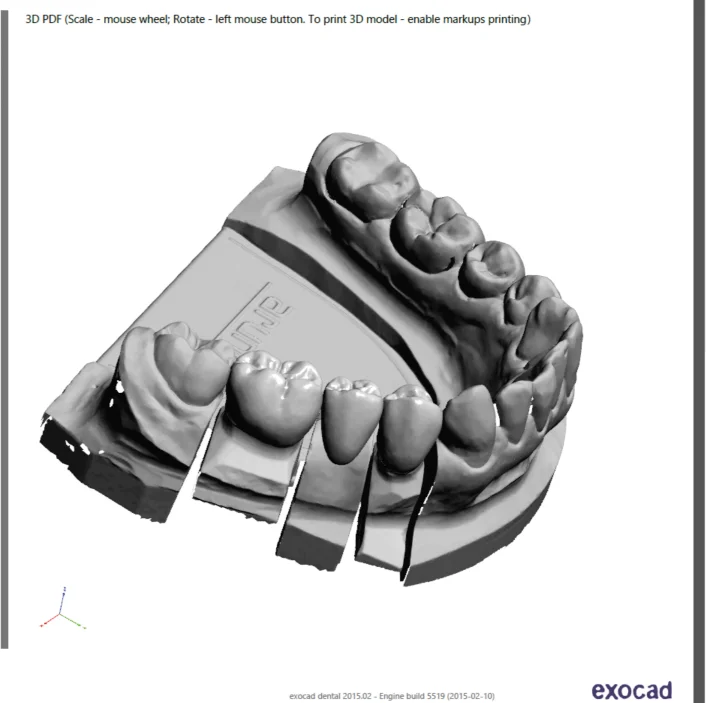
Types of Dental Scanner
There are many types of dental scanner, we are listing some of the below:
- CBCT Dental Scanner: The CBCT Dental Scanner is a new technology that is revolutionizing the way dental scans are performed. This device is able to generate high-quality 3D images of teeth that can be used to create accurate reconstructions of dentition. The CBCT Dental Scanner also has other benefits, such as the ability to diagnose dental diseases and provide dental recommendations in real time.
- Phosphor Plate Scanner: A phosphor plate scanner is a device used in X-ray imaging that uses a light source and detector to create an image. The phosphor plate scanner consists of a transparent plate covered with a series of phosphor particles. When the light shines on the plate, it causes the phosphor to emit radiation. This radiation is then detected by the detector, which creates an image.
- Intraoral Scanner: A new intraoral scanner that can take pictures of the inside of your mouth has been developed.
 The scanner uses a light and an image sensor to create an image of the inside of your mouth. This technology is being used for research into oral cancer and other diseases, but it is also being marketed as a way to assess dental health.
The scanner uses a light and an image sensor to create an image of the inside of your mouth. This technology is being used for research into oral cancer and other diseases, but it is also being marketed as a way to assess dental health.
Bestseller in Cryotherapy Machine
The boom of online shopping has brought us to buying medical supplies, even medical equipment on the web today. Digital Impression Scanners online shopping is like buying anything else on the internet, especially on a trusted dental x ray film scanner online shop like www.hospitalsstore.com. Explore the wide product range of oral scanner dentistry and more, buy Dental Scanner online for your patient in clinics and hospitals.
What is the price of Dental Scanner in India in October 2022?
The oral scanner price is directly related to the specification and features of the oral dental scanner, and it also depends on the brand you want to buy. Normally, dental impression scanner price in India ranges between INR 1 lakh to INR 30 lakh.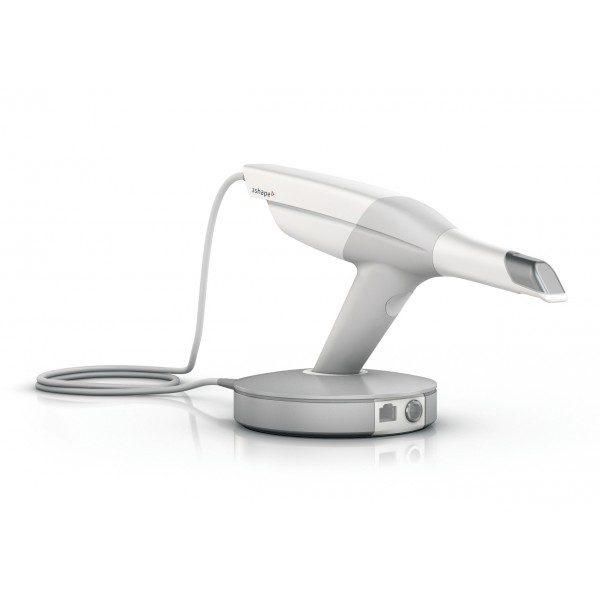 We're dealing with lots of the best dental scanner; you can buy your 3D mouth scanner at Hospitalsstore.com online.
We're dealing with lots of the best dental scanner; you can buy your 3D mouth scanner at Hospitalsstore.com online.
Price of Dental Scanner in INDIA in October, 2022:-
- Vatech Pax-i3D CBCT Machine
- Carestream CS 7600 Phosphor Plate PSP Scanner
- 3Shape Plastic Trios 3 Color Pod Intraoral Scanner
Hospitals Store is working with multiple manufacturers of Dental Scanner to ensure that our customers get the widest range of 3D dental impression scanner online in India and also get the best dental digital impression scanner cost in India. Hospitals Store provides all INDIA service and free delivery. International shipping is also available.
Where can you buy dental scanner online?
Nowadays, the most common way to buy dental scanner is online, you don't have to search for "dental scan machine near me". Hospital Store offers different types of scanner for dental impression and can make sure you have just the right dental scanner cost. Our highly trained medical team will discuss your concerns with you and will provide you with the best dental scanner for crowns. You can buy your Dental Scanner at www.hospitalstore.com online. This allows you to quick delivery, the lowest price.
Our highly trained medical team will discuss your concerns with you and will provide you with the best dental scanner for crowns. You can buy your Dental Scanner at www.hospitalstore.com online. This allows you to quick delivery, the lowest price.
Buy Dental Scanner online in India:-
- Acteon Wall Mounted X-Mind Prime 3D CBCT Machine
- Medit i700 Intraoral Scanner
- Carestream CS 7600 Phosphor Plate PSP Scanner
- 3shape TRIOS 4 Plastic Dental Scanner
What is 3D Dental Scanner?
An X-ray arm that spins around your head is used in 3D dental imaging. While rotating, it takes several pictures and sends them to a computer, which combines the pictures into a three-dimensional format.
What are the top selling dental scanner in INDIA in October, 2022?
Which are the best low cost Dental Scanner in India, in October 2022?
What is the price of 3D Dental Scanner in India in October 2022?
The 3D dental scanner price is directly related to the specification and features of the 3D mouth scanner, and it also depends on the brand you want to buy. Normally, 3D Dental Scanner Price in India ranges between INR 3 lakh to INR 30 lakh. We're dealing with lots of the best 3D Dental Scanner; you can buy your 3D scanner for teeth at Hospitalsstore.com online.
Normally, 3D Dental Scanner Price in India ranges between INR 3 lakh to INR 30 lakh. We're dealing with lots of the best 3D Dental Scanner; you can buy your 3D scanner for teeth at Hospitalsstore.com online.
Price of 3D Dental Scanner in INDIA in October, 2022:-
- NewTom GiANO HR 3D CEPH - CBCT Machine
- Vatech Pax-i3D CBCT Machine
- Medit T710 3D Scanner Structured Led Desktop
- Medit T310 3D Scanner, For Model Digitization, Set
- Eighteeth Helios 600 Intraoral 3d Scanner
- MyRay 3Di IOS Dental Scanner, For Hospital Use
Which is the Best Dental Scanner in India, in October 2022?
Which are the top selling brands of dental scanner in India, in October 2022?
Choosing a 3D scanner for reverse engineering | 3Dcast
Modern production technologies involve the use of certain equipment. In recent years, manufacturing companies have begun using 3D scanners for reverse engineering.
Definition of Reverse Engineering
Over the years, products have been created without the right set of documentation.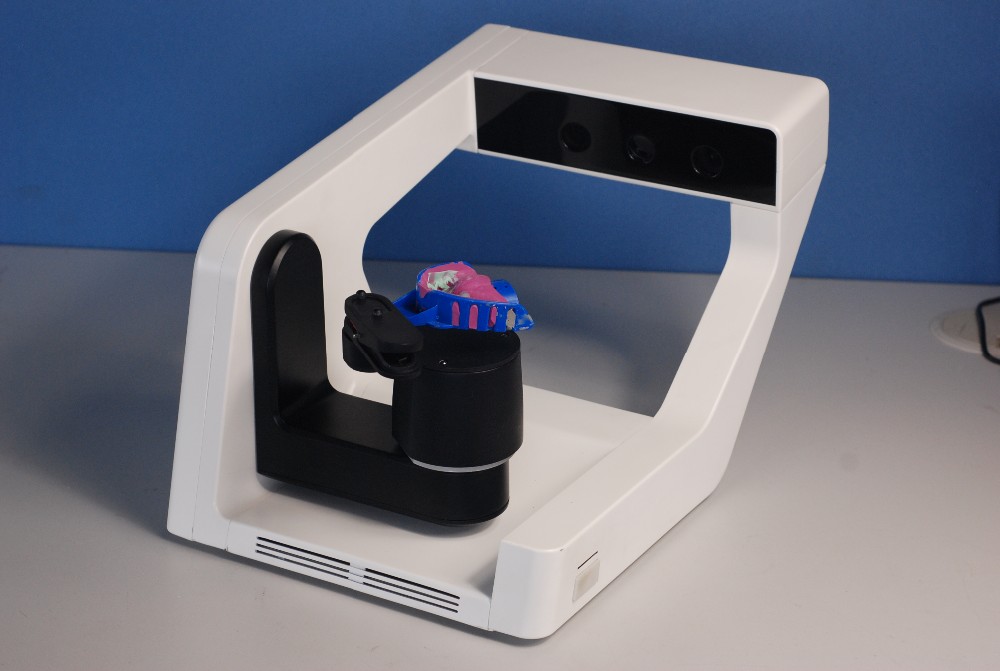 Masters were guided by their experience and knowledge. After some time, programs for creating drawings and three-dimensional models appeared. Reverse engineering is the process of creating technical documentation by scanning a part with special equipment. The digital model can be opened in CAD or other software. This is done to optimize parameters and add new features. In the virtual space, it is possible to conduct tests that would be very expensive in practice and would not lead to a result.
Masters were guided by their experience and knowledge. After some time, programs for creating drawings and three-dimensional models appeared. Reverse engineering is the process of creating technical documentation by scanning a part with special equipment. The digital model can be opened in CAD or other software. This is done to optimize parameters and add new features. In the virtual space, it is possible to conduct tests that would be very expensive in practice and would not lead to a result.
Reverse engineering has also become popular due to the growing popularity of 3D printing. This technology greatly simplifies the process and reduces the cost of the product. Today, production using 3D printing is available to everyone, it is enough to purchase the appropriate printer and install the appropriate software on the computer.
Selection criteria
There are many different models of 3D scanners on the market. Their selection is carried out according to several criteria:
- Detail precision.
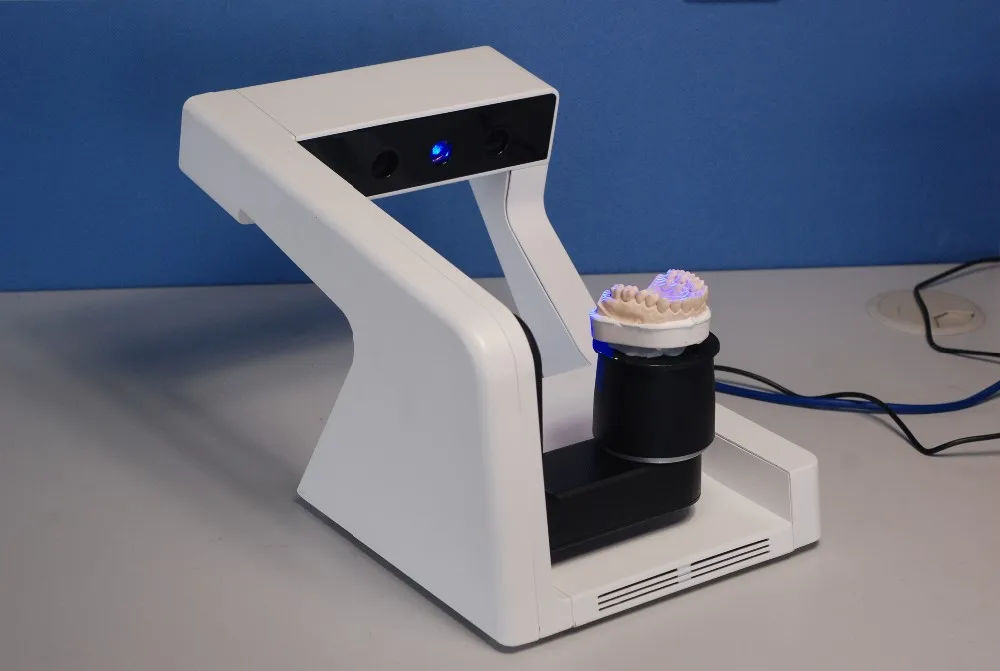
- How it works.
- Compatible with certain software.
- Cost.
The choice of the scanner is also carried out according to the assigned tasks. Scanning can be performed on parts of different sizes and geometries. Universal devices are expensive and require more professionalism.
ToF Scanners are designed to work with large cabinet products that are larger than 10,000 mm on either side. Handheld models with structured illumination are used to scan small objects. If the object has dimensions up to 3000 mm, portable models are used. They are laser and optical type. Laser scanners are the easiest to use, as optical ones require proper preparation.
Small items are best scanned with optical portable devices. Universal options are equipped with a multi-axis rotary platform. It copes well with scanning the relief surface represented by various materials.
There are many dental scanners on the market. The devices are characterized by high accuracy, allow you to get detailed images for the formation of the model.
Applicable software
The field of 3D design and simulation has evolved over the years. The software was created by many companies. At the same time, some became in demand, others are no longer supported. Recently, developers have been trying to support various file formats. To do this, we made the import and export functions
There are several programs that are most popular. They are:
- Geomagic Essentials. A partner product of a company that produces equipment for automatic design upon receipt of the necessary data. The software allows you to work with images obtained using Shining 3D EinScan Pro 2x. The software allows you to work with data that is obtained when scanning premises or products. The functionality includes obtaining a cross section, restoring the mesh and fitting elements to simulate the assembly process.
- Geomagic Desing X. Professional software used to work with scans for further design. The functionality allows you to work with solid objects, emit the connection of individual elements.
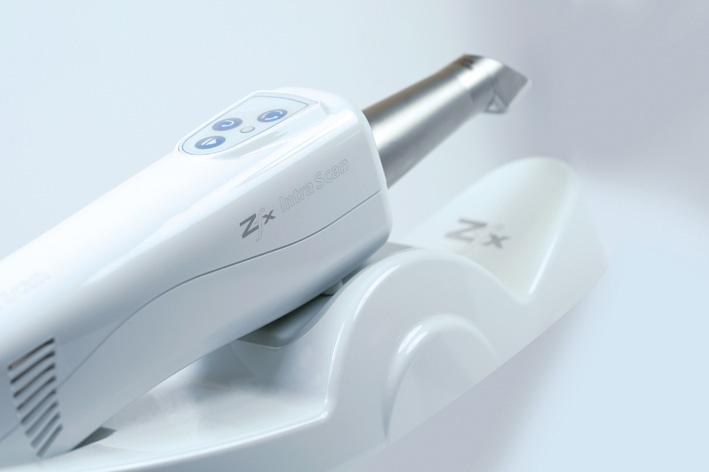
- Autodesk Meshmixer. Popular software with a large set of tools. It is able to independently process the received images to form a grid. The advantages include a clear interface and a large number of patches.
When choosing a scanner, the possibility of using one of the above programs is taken into account. This is due to the fact that sometimes after scanning a document is obtained in a rare resolution.
Future Automated 3D Scanner Market Trends and Demand Analysis by Leading Players - Align Technologies, 3Shape, Planmeca Oy
Marketinsightsreports recently added a new Automated 3D Scanner Market Report providing a complete overview of the Automated 3D Scanner industry , as well as all major business trends, market subtleties and good customization. Apart from this, the report also provides key statistics on the Automated 3D Scanners market status of top market players, key trends and growth potential opportunities in the market.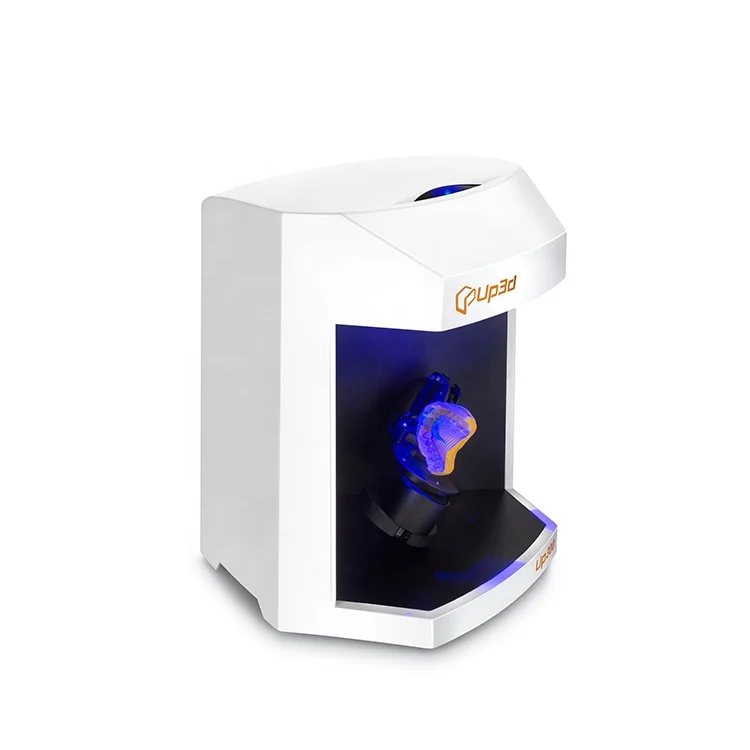 These research reports are planned to help the reader improve the data and make decisions that are useful for the development of their business.
These research reports are planned to help the reader improve the data and make decisions that are useful for the development of their business.
Click here for the latest PDF sample report: -
https://www.marketinsightsreports.com/reports/09299819487/automated-3d-scanners-market-2022-by-manufacturers-regions- type-and-application-forecast-to-2027/inquiry?mode=239
Automated 3D Scanner Market Competitive Landscape
There are various national and international players in the market. Market participants are investing in research and development, as well as finding new ways to develop and expand the product portfolio. Various players are expanding, launching new products, creating joint ventures and partnerships to strengthen their market position and gain a large customer base. Notable players in the global automated 3D scanner market are Align Technologies, 3Shape, Planmeca Oy, Envista, Keyence, ZEISS, Shining 3D, FARO, Medit, Midmark, Scantech, Artec3D, Creaform, Straumann, Nikon Metrology, ZG Technology, Peel3D, I2S, Freqty, Mantis Vision, Up3D
Market segmentation by type:
- Laser scanning
- Structural Light Scanning
Market segmentation by application :
- industrial
- Cultural and Creative
- Medical health
- Dentistry
- Others
View full premium research report link-: -
https://www.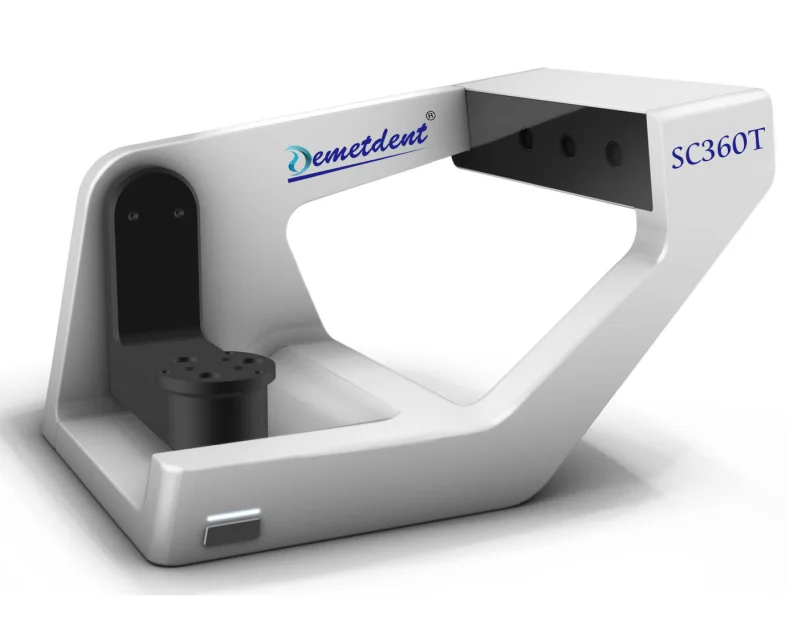 marketinsightsreports.com/reports/09299819487/automated-3d-scanners-market-2022-by-manufacturers-regions-type-and -application-forecast-to-2027?mode=239
marketinsightsreports.com/reports/09299819487/automated-3d-scanners-market-2022-by-manufacturers-regions-type-and -application-forecast-to-2027?mode=239
Regional analysis: -
The main regions covered in the report are North America, Asia Pacific, Europe, East and Africa, and South America . In addition, the report provides analysis at the level of more than 25 major countries, including USA, Germany, UK, Japan, China, India, UAE, South Korea, South Africa and Brazil . The regional analysis provides information about the market at the regional as well as country level, highlighting market dynamics across the various segments covered in the report.
They said that the study covers an in-depth analysis of several market segments based on type, application and study of various structures. The report also includes competitive profiling of the leading product vendors in the 3D automated scanner market and their latest developments. This report has been segmented by Type, by Application, and by Geography, and includes the market size and forecast for all these segments. Compound annual growth rates for all segments were also provided for the period from 2022 to 2027.
This report has been segmented by Type, by Application, and by Geography, and includes the market size and forecast for all these segments. Compound annual growth rates for all segments were also provided for the period from 2022 to 2027.
Automated 3D Scanners market report covers all requirements and needs of enterprises through which they can achieve effective business growth. With total dedication and dedication, this excellent market analysis report is provided to clients who are expanding their ability to succeed. Being a detailed market research report, this report gives the business a competitive edge. This market research helps the client understand the various drivers and constraints affecting the market during the forecast period. The Automated 3D Scanner Market Analysis Report provides an analysis of the various market segments that are relied upon to observe the fastest development under the assumed forecast.
Company Profile:
Provide a comprehensive overview of the largest companies operating in the market.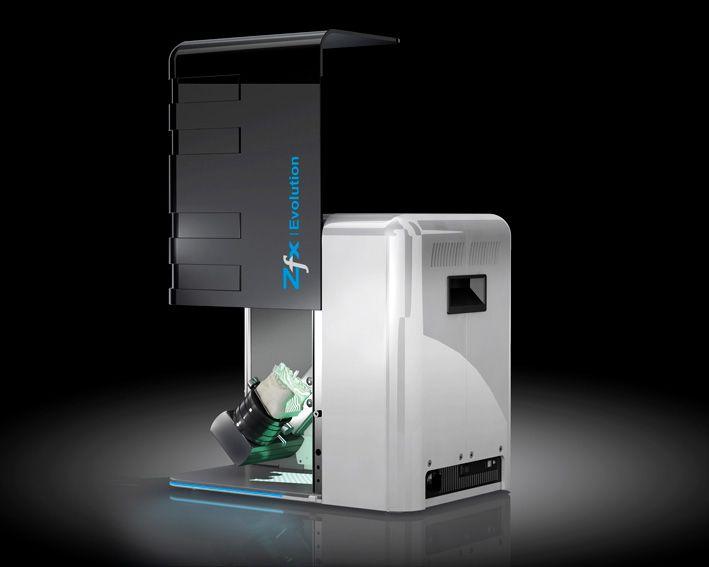 The description will include the financial condition of the company over the past 2-3 years, with a breakdown of revenue by segment and region, product offering, current developments, SWOT analysis and key strategies.
The description will include the financial condition of the company over the past 2-3 years, with a breakdown of revenue by segment and region, product offering, current developments, SWOT analysis and key strategies.
Purchase report here: -
https://www.marketinsightsreports.com/report/purchase/09299819487?mode=su?mode=239
Some of the key questions answered in this report are:
- What will be the market growth rate, growth momentum or market acceleration during the forecast period?
- What are the key factors driving the Automated 3D Scanner market?
- What was the size of the emerging Automated 3D Scanners market in value terms in 2027?
- What will be the size of the emerging Automated 3D Scanners market in 2027?
- Which region is expected to have the highest market share for Automated 3D Scanners?
- What trends, challenges and barriers will impact the development and size of the Automated 3D Scanners market?
- What are sales volume, revenue, and price analysis of top manufacturers of Automated 3D Scanners market?
- What are the Automated 3D Scanner market opportunities and threats faced by the vendors in the Automated 3D Scanner Industry?
Significant features found in the Offer section and report highlights:
- Explores the outlook for the automated 3D scanner industry and quickly compares historical, current and forecast market performance.
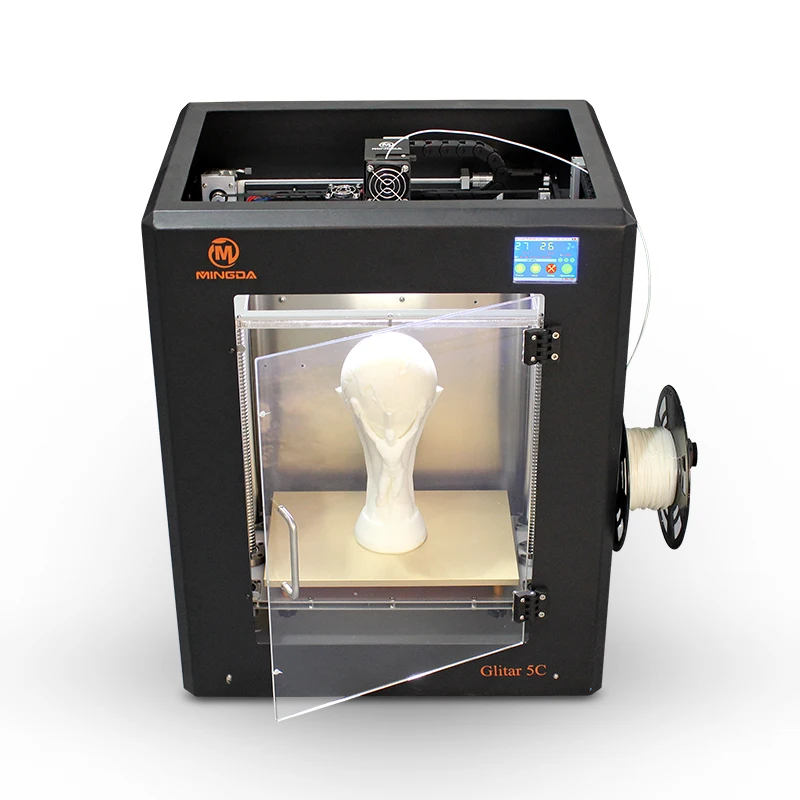
- This report looks at growth constraints, market drivers and challenges, and current and future developments.
- Key market participants are assessed based on various factors including revenue share, price, regional growth and product portfolio to show how market shares have changed in the past and are expected to change in the future.
- Describes the expansion of the market for automated 3D scanners in various industries and regions. This allows players to focus their efforts on regional markets with the potential for rapid growth in the short term.
- Discuss the global, regional, and national impacts of COVID-19.
We offer customized reports for specific customer needs: -
- Free country level analysis for 5 countries of your choice.
- Free competitive analysis of 5 key market players.
- 40 free analyst hours to cover any other data points.
About Us:
Market Insights Reports is a global market research company that prides itself on providing comprehensive and accurate analysis of a wide range of markets and clients around the world.


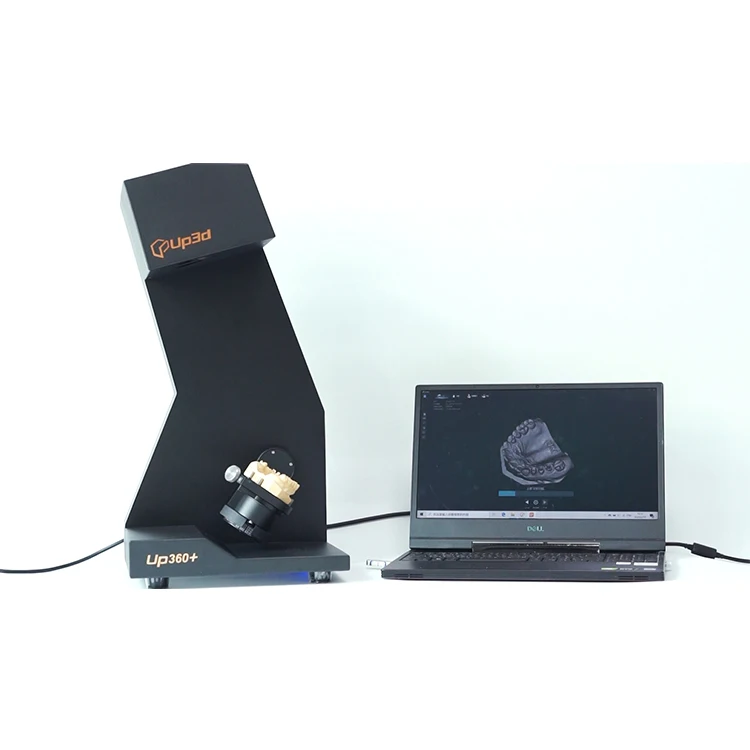 Prices may vary by region, over time and do not include additional products or services (taxes, shipping, accessories, training, installation, …).
Prices may vary by region, over time and do not include additional products or services (taxes, shipping, accessories, training, installation, …).
